Everything you need to know about specifications and performance - Volkswagen Golf 2017 - 1.4 TGI (110 Hp) Blue Motion DGS
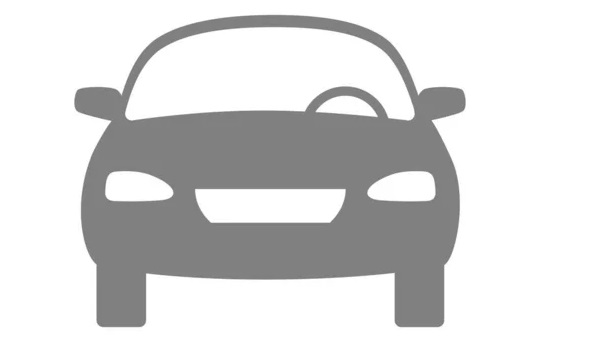
Overview:
What is the engine capacity of a Volkswagen Golf 2017?
The engine capacity of the Volkswagen Golf 2017 is 1395.
Volkswagen Golf 2017 How many horsepower?
The engine power of the Volkswagen Golf 2017 is 110 Hp @ 4800-6000 rpm..
What is the Volkswagen Golf 2017 engine?
Volkswagen Golf 2017 engine is CPWA, CZBA. (Click to see other cars using the same engine)
How much gasoline does a Volkswagen Golf 2017 consume?
The Volkswagen Golf 2017 consumes 5.3 liters of gasoline per 100 km
General:
Engine:
Performance:
Space:
dimensions:
Powertrain, Suspension and Brakes:
See also

Other generation.
Its production began in 2015 until 2016
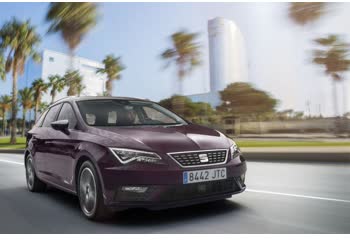
Same engine. (CPWA, CZBA).
Its production began in 2016 until 2018
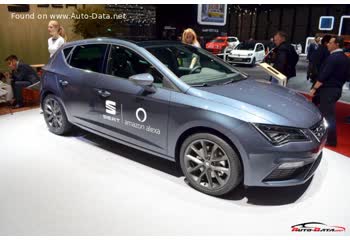
Same engine. (CPWA, CZBA).
Its production began in 2016 until 2018
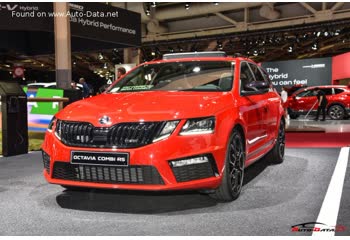
Same production year and almost the same engine capacity.
Its production began in 2017 until 2018
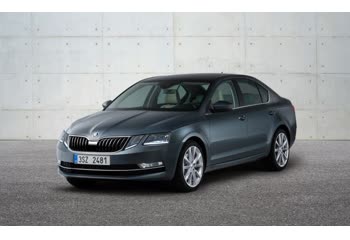
Same production year and almost the same engine capacity.
Its production began in 2017 until 2018

Write a comment